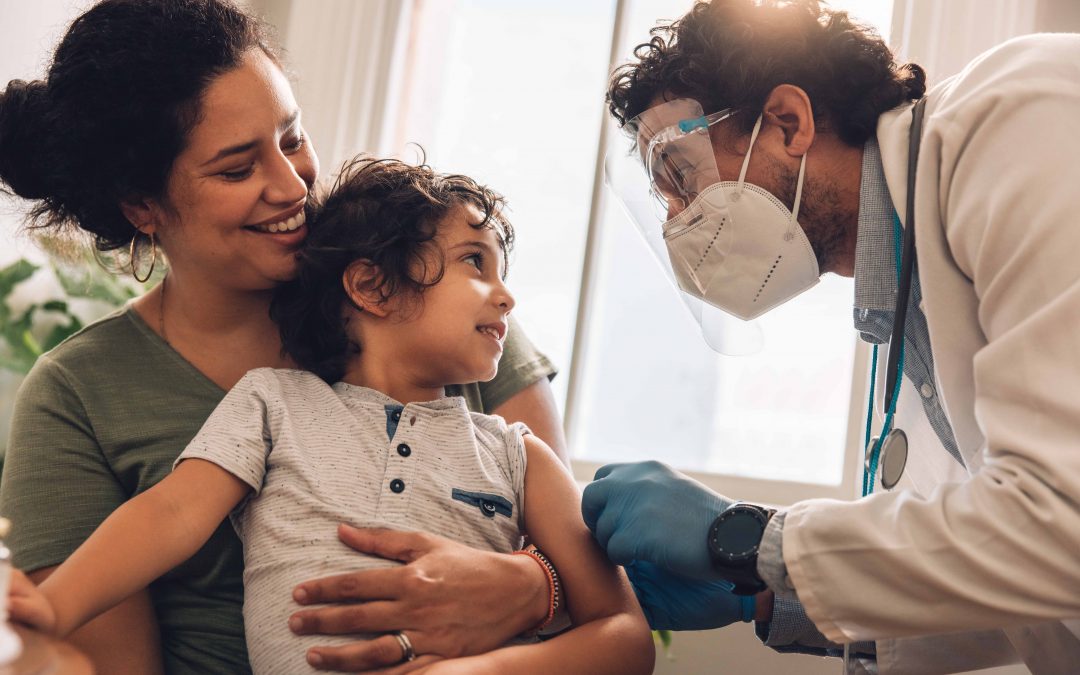President Obama’s 2015 budget created equal measures of excitement and dismay in Congress last week, but NASW was pleased to see that social and economic justice and potential opportunities for the social work profession factored prominently into many areas of the proposal. In the President’s budget, several programs and services created to support vulnerable families receive renewed attention and increased funding.
Here’s how the budget aligns with a few key NASW public policies. Part 1 of this blog post will address highlights of the Health and Human Services (HHS) budget request and Part 2 will address Department of Justice (DOJ) provisions.
Part 1
U.S. Department of Health and Human Services
Administration for Children and Families (ACF)
- The FY 2015 President’s Budget request for the Administration for Children and Families is $51.3 billion in budget authority – an increase of $157 million from the FY 2014 enacted level. This budget targets funding to high-quality early childhood programs, strategies to strengthen services to at-risk children, families and communities, and financial support for our most vulnerable children and families.
- The FY 2015 discretionary request of $17.0 billion for ACF represents a decrease of $637 million (-3.6%) from the FY 2014 enacted level. Within this limited level, ACF proposes to:
- Continue building a continuum of high-quality early childhood programs to support learning, health, development by sustaining critical support for Head Start (+$120 million), growing Early Head Start-Child Care Partnerships to increase access to high quality early childhood services for infants and toddlers (+$150 million), and ongoing legislative and programmatic efforts to improve quality of existing services.
- Increase funding for the Child Care and Development Block Grant (+$57 million) to help maintain current service levels, while setting aside $200 million to support quality improvements.
- Provide $2.8 billion in total LIHEAP funds, including support for LIHEAP contingency funds (+$200 million) and Energy Burden Reduction Grants (+$50 million)
- Provide funding (+$2 million) to perform a periodic estimate of the incidence and prevalence of youth homelessness;
- Fully fund (+$6 million) the Child Welfare Study which is a groundbreaking study of the child welfare population and continue funding for a five-year early childhood evaluation study (+$3 million);
- Expand the allowable uses of Assets for Independence funds to include education savings accounts for young people, to support college-going and help advance economic mobility.
- Increase funding for shelters for victims of domestic violence (+$1.5 million).
- Maintain funding for refugee programs and the Unaccompanied Alien Children program, increase funding for Victims of Trafficking (+$1.7 million), and fund a Victims of Domestic Trafficking program (+$10 million).
- Provide $250 million over five years to support state efforts to reduce over-prescription of psychotropic medications and improve outcomes for young people in foster care by scaling up evidence-based psychosocial interventions, in concert with $500 million at the Centers for Medicare and Medicaid Services for Medicaid demonstrations programs that would expand access to psychotherapy services for youth.
- Continue Temporary Assistance for Needy Families and repurpose the TANF Contingency Fund for program improvements and for the Pathways to Jobs initiative, which will support work opportunities through subsidized employment initiative.
- Provide an infusion of resources into the Child Care Development Fund to raise the bar on quality and serve 1.4 million children.
- Invest additional resources in Child Support programs to strengthen families by encouraging noncustodial parents to work, support their children, and play an active role in their children’s lives.
- Extend Health Profession Opportunity Grants for five years to continue helping TANF recipients and other low-income adults obtain education and training for work in the growing field of health care;
SOURCE: ACF Justification of Estimates for Appropriations Committees
https://www.acf.hhs.gov/sites/default/files/olab/2015_acf_cj_posted_on_3_7_14.pdf)
Substance Abuse and Mental Health Services Administration (SAMHSA)
SAMHSA has proposed six strategic initiatives to guide its portion of the President’s 2015 Budget: prevention of substance abuse and mental illness; health care and health systems integration; trauma and justice; recovery support; health information technology; and workforce development.
Specific SAMHSA allocations include:
- $56 million for workforce programs to increase the number of licensed behavioral health professionals to serve in communities across the nation.
- $24 million in existing resources to create an HIV Continuum of Care effort to strengthen SAMHSA’s Minority AIDS Initiative.
- $20 million to support a new Primary Care and Addiction Services Integration. This program will enable addiction treatment providers to offer a full array of both physical health and substance abuse treatment services to clients.
- $10 million for enhancing, implementing and evaluating strategies to help prevent prescription drug misuse and abuse, and to improve collaboration on the risks of overprescribing and the use of monitoring systems between states’ public health and behavioral health authorities, and pharmaceutical and medical communities.
Human Resources and Services Administration
The HRSA budget request maintains funding levels for the Maternal and Child Health Block Grant at $634,000; Healthy Start at $101,000 and the HIV/AIDS Bureau at $2.3 million.



